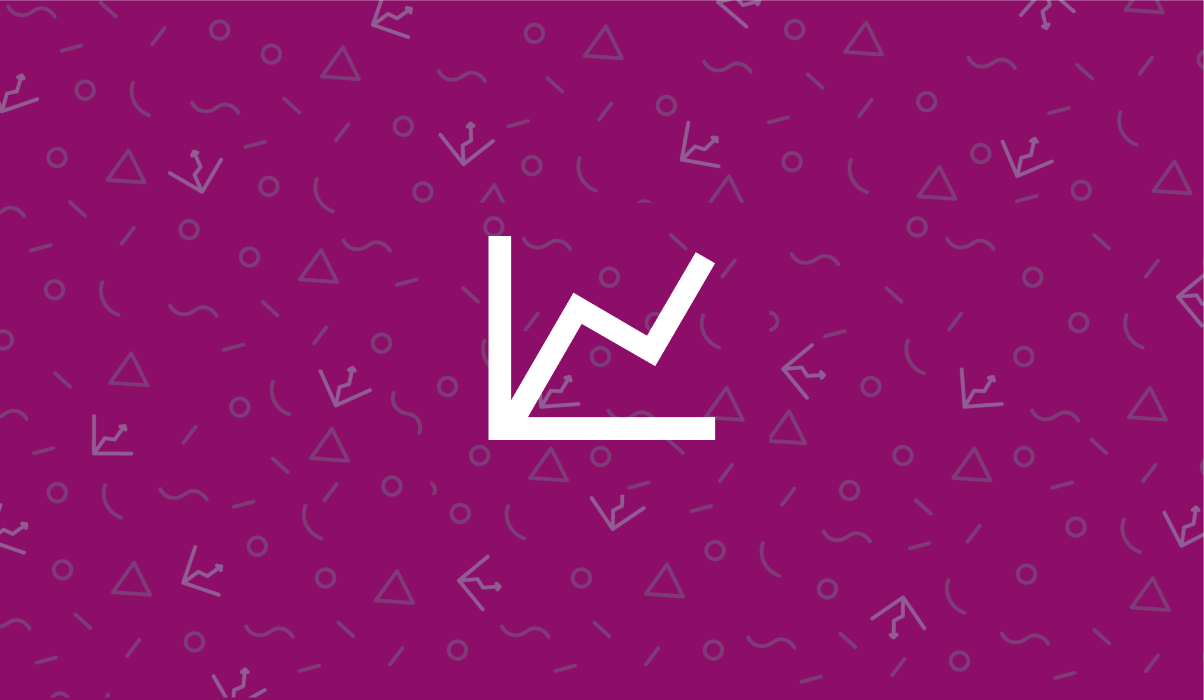As an eCommerce merchant, having your marketing, sales, and operational data be in one place that’s actionable for every team member is crucial. A connected operations framework increases company alignment around shared objectives, breaks down data siloes, and allows each individual to understand how their role plays into the larger company initiatives. But the biggest payoff? Being able to make better decisions, faster with data-informed employees.
Jonathan Smalley, CEO and founder of Yaguara, recently sat down for an interview with eCommerce Fastlane to break down how leaders within the online retail space can take this approach to informed, rapid decision-making through connected operations.
Listen to the full podcast episode here:
3 Steps To Setting Up Your Connected Operations Framework:
- Integrate your most important business operational data into one place
If you’re like many eCommerce and retail merchants, you likely have data coming from numerous, disparate sources. It can be overwhelming to digest this information as you're making strategic decisions centered within marketing, sales, product or customer service.
The operational data flowing in from eCommerce platforms such as Shopify, Google Analytics, Instagram Ads, and customer service tools such as Zendesk can provide powerful insights on what is working and where to change course, but making sense of this in its full context is easier said than done. Having to rely on complicated business queries and data scientists to help make sense of it all is expensive, messy, and can often hinder your decision-making velocity.
By working within a Connected Operations Framework, however, you can integrate your disparate data to be aggregated, unified, and normalized in one shared platform that’s easy to digest for employees at all levels within your organization. From here, individual teams and contributors can visualize their real-time data within one platform. Within Yaguara's platform, for instance, users can also also build custom metrics from their most used tools and business applications to draw richer insights they may not have come across previously, such as a blended Customer Acquisition Cost (blended CAC), which is total sales & marketing expenses divided by the number of new customers over a certain period of time. - Make sure you have the full business context
Before inviting the full team aboard the shared connected operations platform, it’s helpful to be aware of the larger company goals and initiatives. Being able to tie objectives and key results will provide the necessary context to the data and metrics that each individual is monitoring. For more information on OKRs for eCommerce businesses, check out this breakdown.
Ask yourself or department leaders questions such as, what are we trying to accomplish with the insights from this data? Who is responsible for optimizing the success of each channel, product, or service? Starting with one or two power users from marketing, sales, product, and customer care can be helpful in your initial Connected Operations Platform set-up phase. By including clear context around individual, team, and company-wide goals, you'll equip each team member a clean, welcome space to see how their work feeds into the larger business objectives. - Create an action plan to make data-informed, timely decisions
Once you’ve implemented your connected operations platform and brought the team into this shared space, each individual contributor can begin measuring what matters most to both their own role and to the larger business objective. Yaguara’s Connected Operations platform, in particular, uses your objectives and key results (OKRs) along with real-time metrics to provide tailored recommendations and next steps.
Here are a few questions to consider as you work out your own action plan:
- What goal are we trying to achieve with our data?
- What type of results shows success or failure?
- How long will it take to get to statistical significance with our data?
- What’s the budget that we’re trying to stay within?
- Who’s responsible for taking action based on this information?
Curious to see how a Connected Operations Platform can help your business? Request a trial here to try it out and get a free consultation from one of our eCommerce coaches.













.png)
